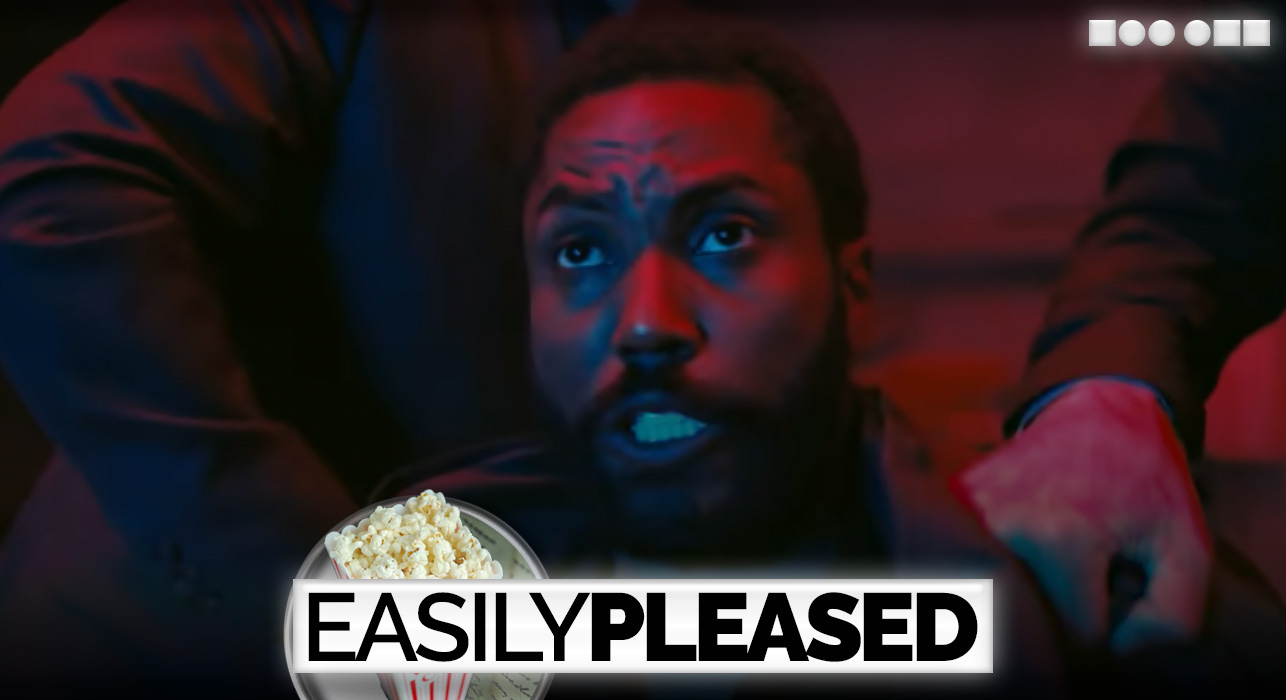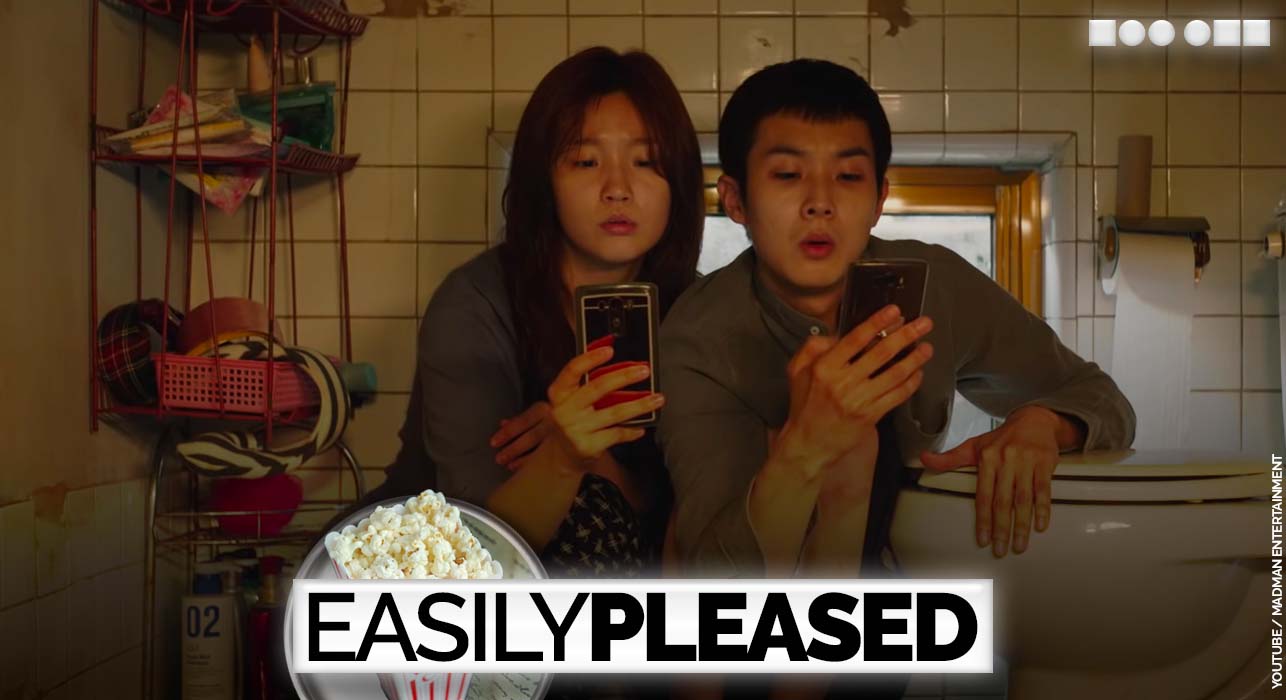They’re very good dogs, Brent.
Isle of Dogs (PG)
Fox Searchlight Pictures
Ticket purchased
Wes Anderson’s new stop-motion animated picture is enjoyable, but it is certainly a little dark. Set in Japan 20 years into the future, the story follows a group of dogs exiled to the accurately-named Trash Island, partially due to a dog flu epidemic that has swept through neighbouring Megasaki, and partially due to an orchestrated anti-dog campaign by Mayor Kobayashi (voiced by Kunichi Nomura).
With the dogs fighting over increasingly scarce food supplies, the mayor’s ward, Atari (Koyu Rankin), crash-lands on the island in search of his former companion, the highly-trained Spots. Aided by King (Bob Balaban), Boss (Bill Murray), Duke (Jeff Goldblum), Rex (Edward Norton), and Chief (Bryan Cranston), Atari sets out to find his best friend, and to convince his father to call off his crusade.

The film is presented- mostly- in English. The dogs’ barks are translated into English for our benefit (noted in a caption at the start of the film), while almost all the human characters speak in Japanese. Captions are also translated into English, as well as some of the in-universe material such as election posters and signage.
Certain scenes- such as the mayor’s press conferences- come complete with a convenient (in-universe) television reporter providing translation, but for the most part the audience gets to experience the story from the dogs’ point of view. Amusingly- or perhaps oddly- they don’t understand Japanese either; even the former house dogs who enjoyed privileged lives before their exile (and presumably were trained by Japanese speakers) don’t understand the spoken word.
Despite these touches Isle of Dogs is also quite a dark film, especially for one with a PG certification. Our pack of heroes live quite bleak lives when the story begins, and the establishing scenes early on paint a brutal picture of life on Trash Island. One character is killed, there is talk of a suicide and of cannibalism amongst the refugees, and the mayor’s endgame is little short of the death of every dog in Megasaki. Indeed, the mayor’s re-election campaign depends on it.

The movie also has a fairly muted look, with greys and browns of the piles of garbage dominating the landscape. Even in Megasaki there is not a lot of bright colour; there is very little green or sky-blue to break up the dreariness of the now dog-free city. Splashes of red accompany many of the city scenes, in particular those where the mayor is addressing the populace, but otherwise it’s up to our heroes to brighten up the film.
And indeed they do. Isle of Dogs uses a combination of stop-motion animation (for everything in the ‘real’ world that we see) and traditional Japanese artwork (for flashbacks and material that appears in-universe on TV). The overall art style is quite unique, but feels very Japanese… which is an achievement, given it was made in England with the assistance of a German studio.
The stop-motion animation in particular is extraordinary; the dogs move quite naturally (although it is still quite obviously stop-motion) and their fur in particular looks very realistic. The dogs themselves are portrayed as intelligent, well-organised and well-connected in terms of knowing about the bigger picture. Although, being in exile they are occasionally grossly misinformed about current events, sometimes to their detriment, sometimes for comedic effect.

There are some genuinely heart-warming and funny moments in the film; the running joke of the pack working by committee rather than deferring to an alpha works well, and our heroes’ devotion to Akira as he works to free them and the rest of dogkind gives it an uplifting feel as the story progresses. There is also no graphic violence as such (most fight scenes are just a Looney-Tunes-style cloud full of fists), although the outcome of fights is visible on characters afterwards.
The overall sense of dread and bleakness that hangs over the movie does mean it might be a bit too much for some younger viewers; this might be a case where really young kids are better served with another film. But if you’re comfortable with the subject matter, don’t mind a little bit of reading (everything plot-crucial is in English, although there might be some bonuses if you do speak Japanese) and want to see something really different at the movies, Isle of Dogs is worth a look.




